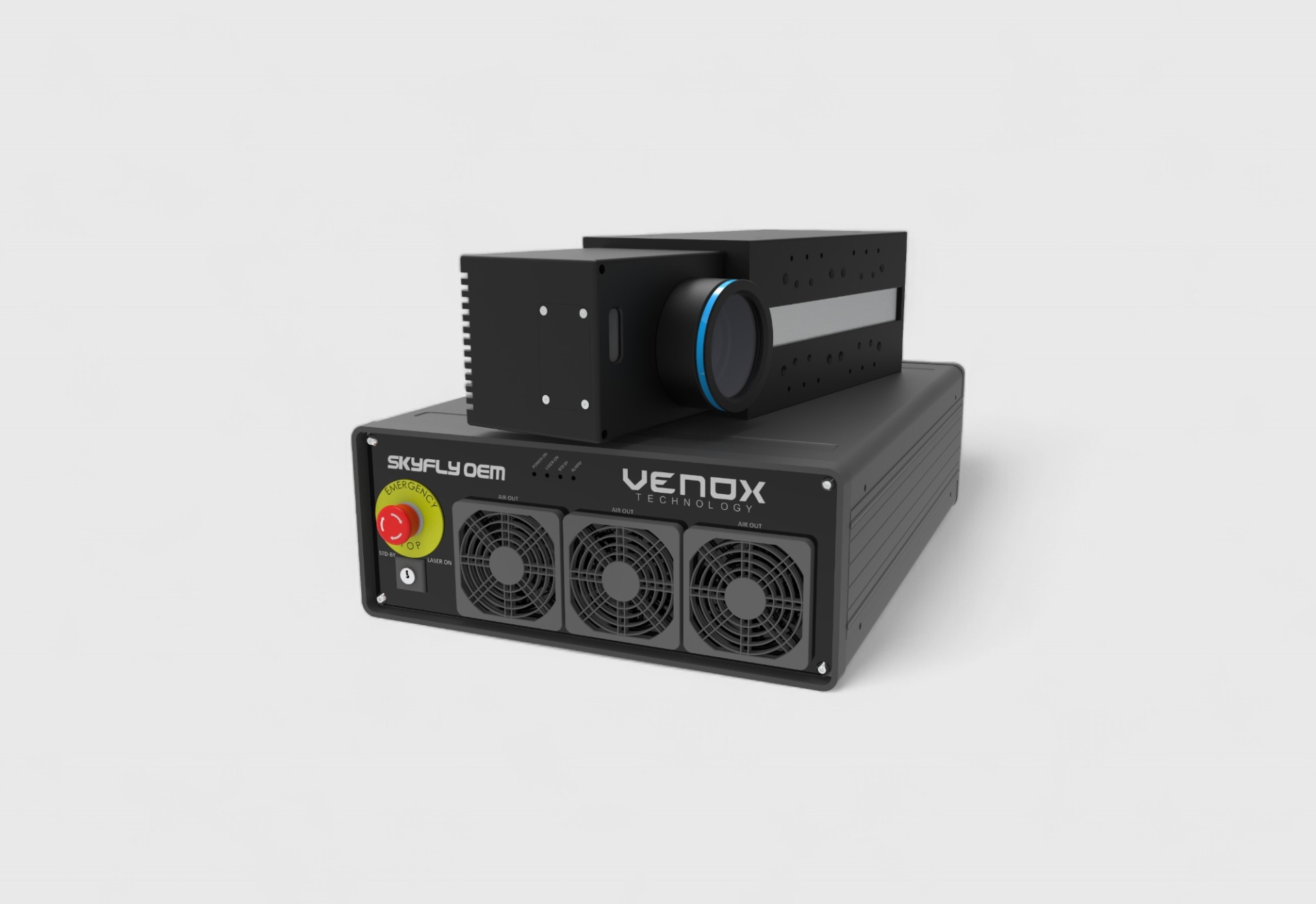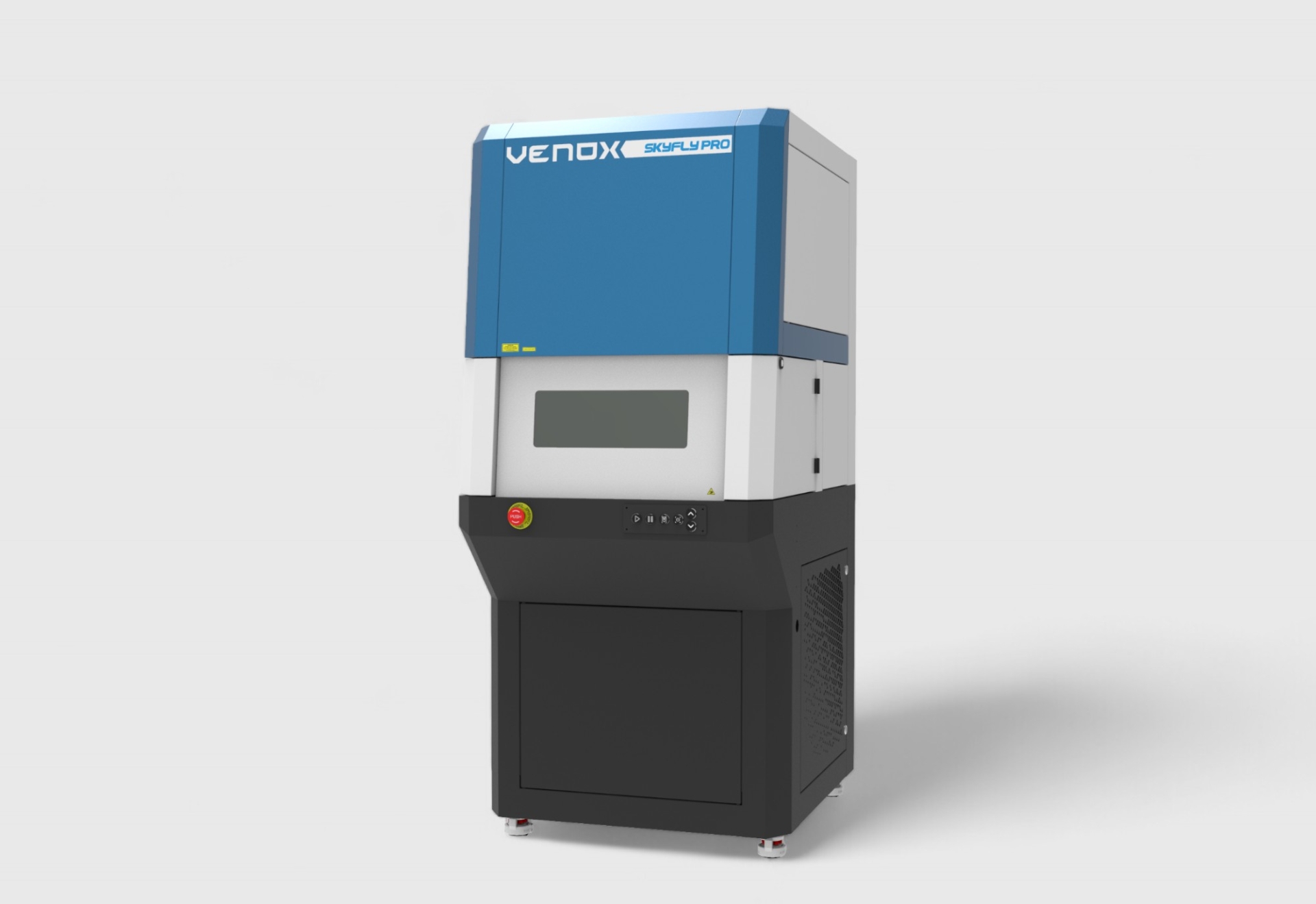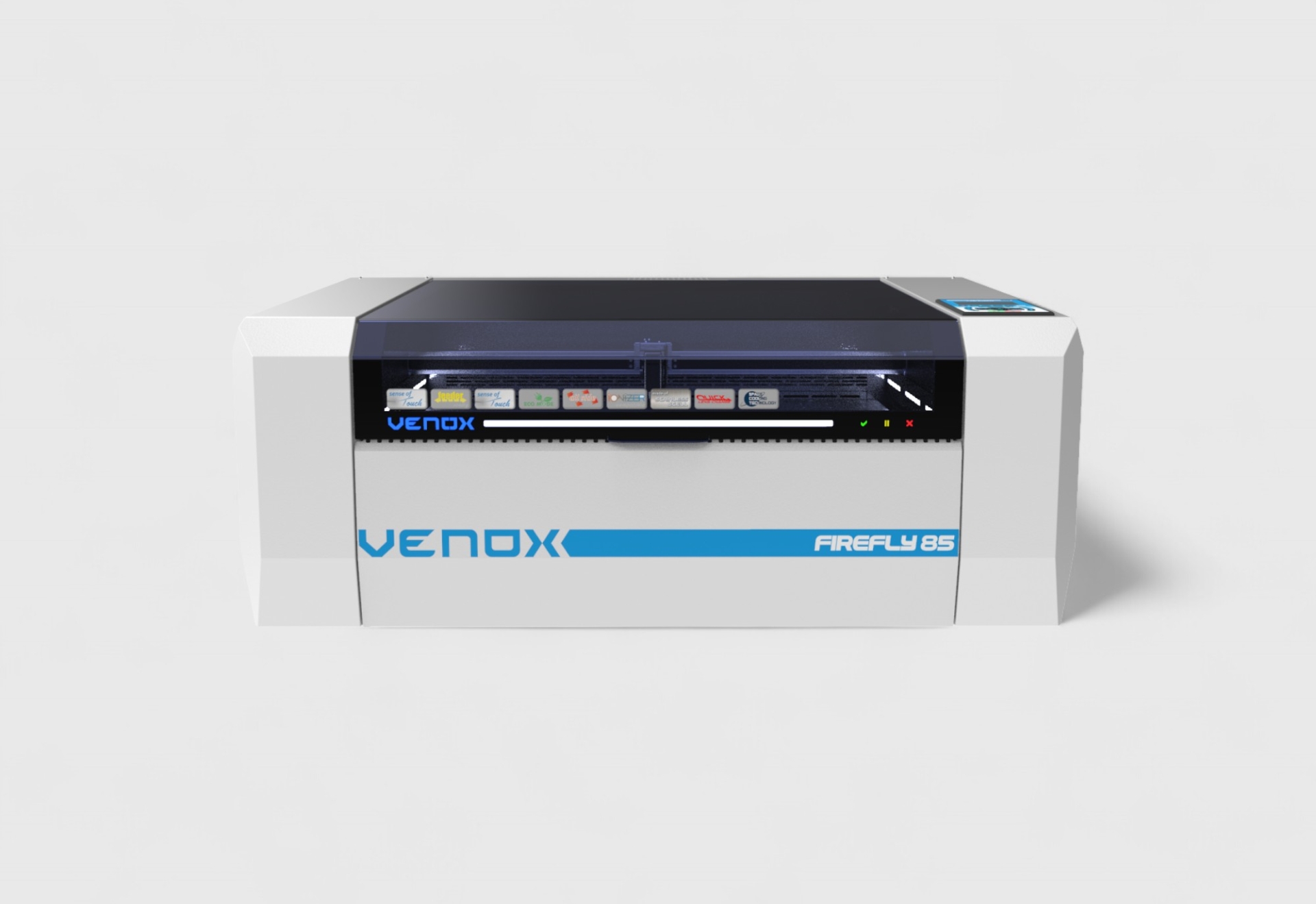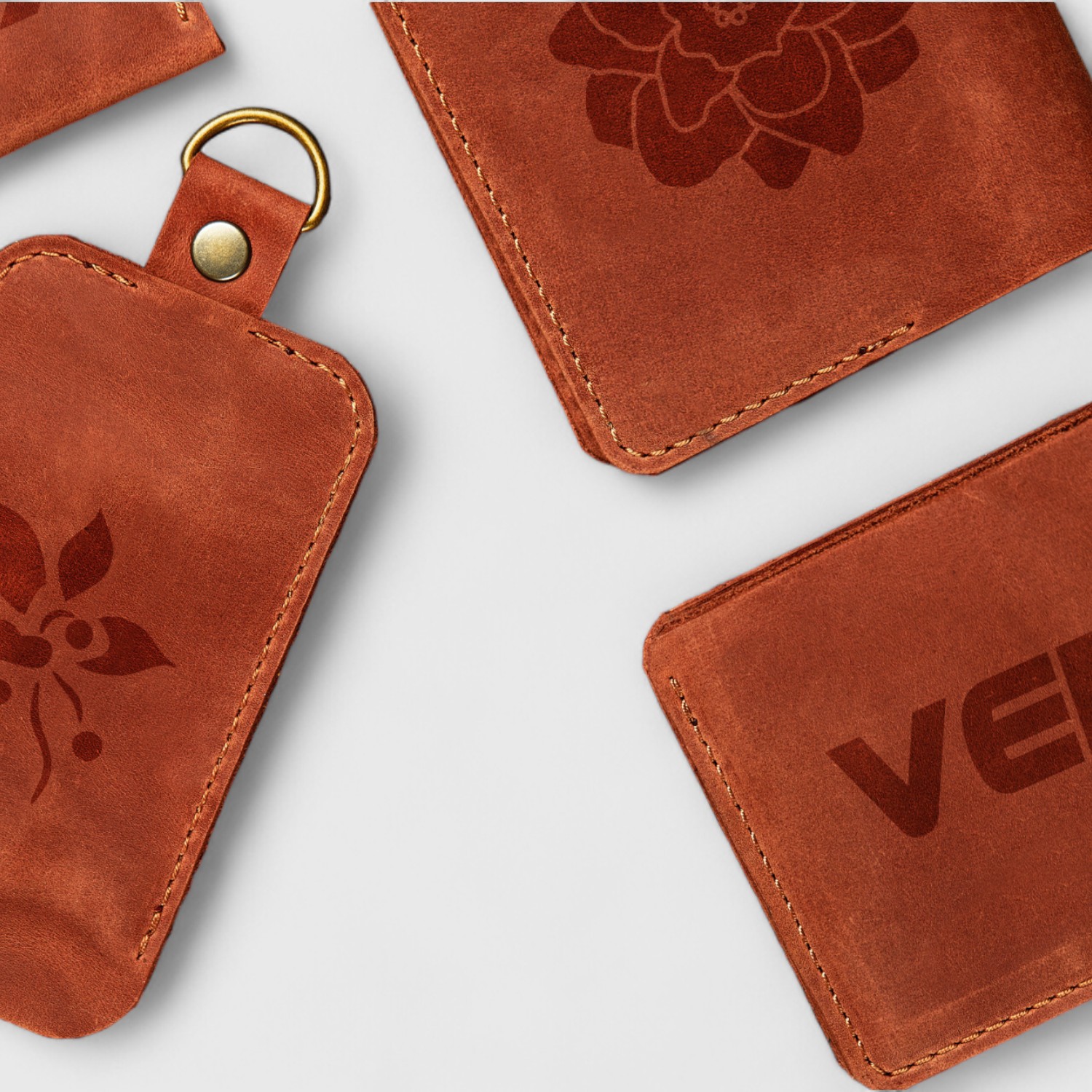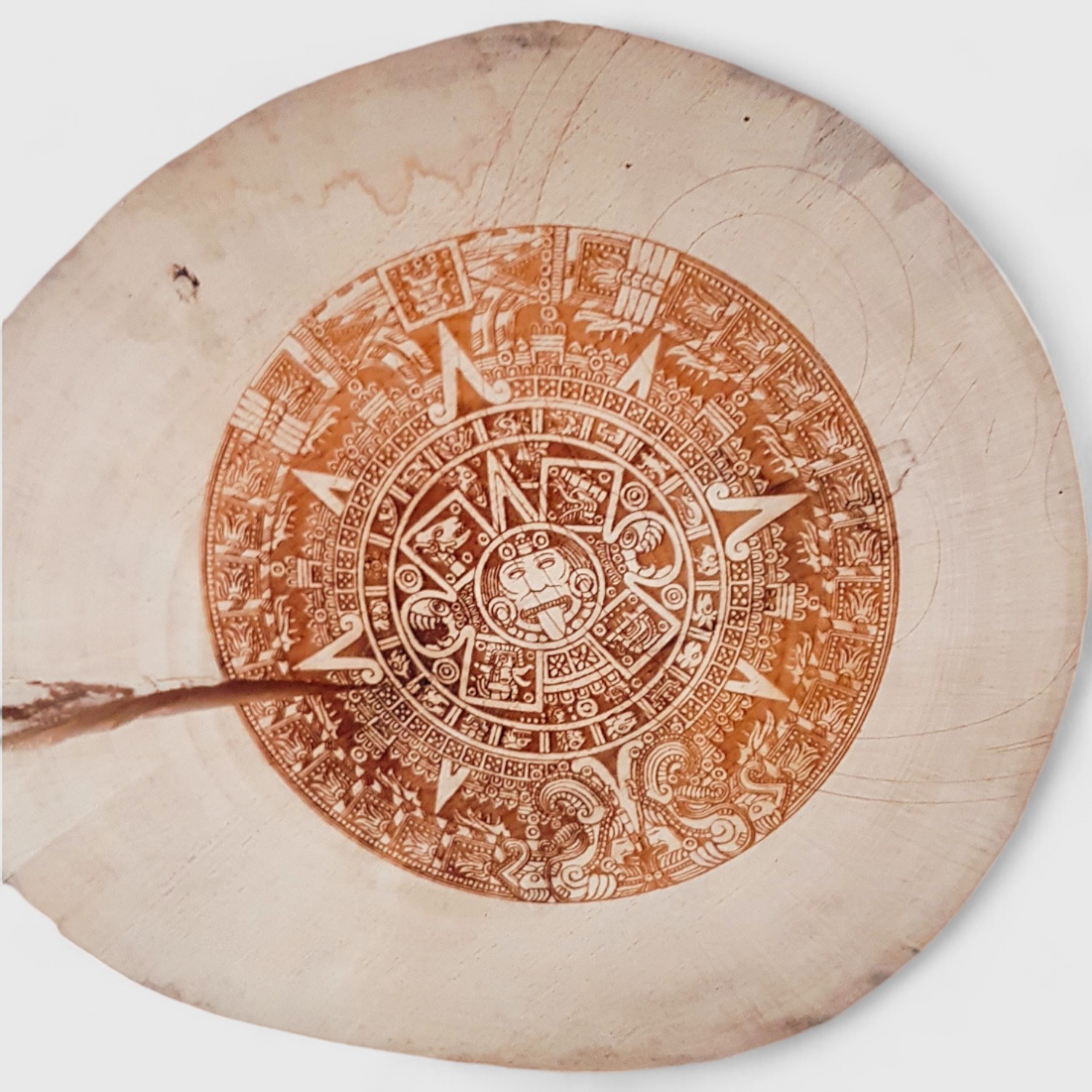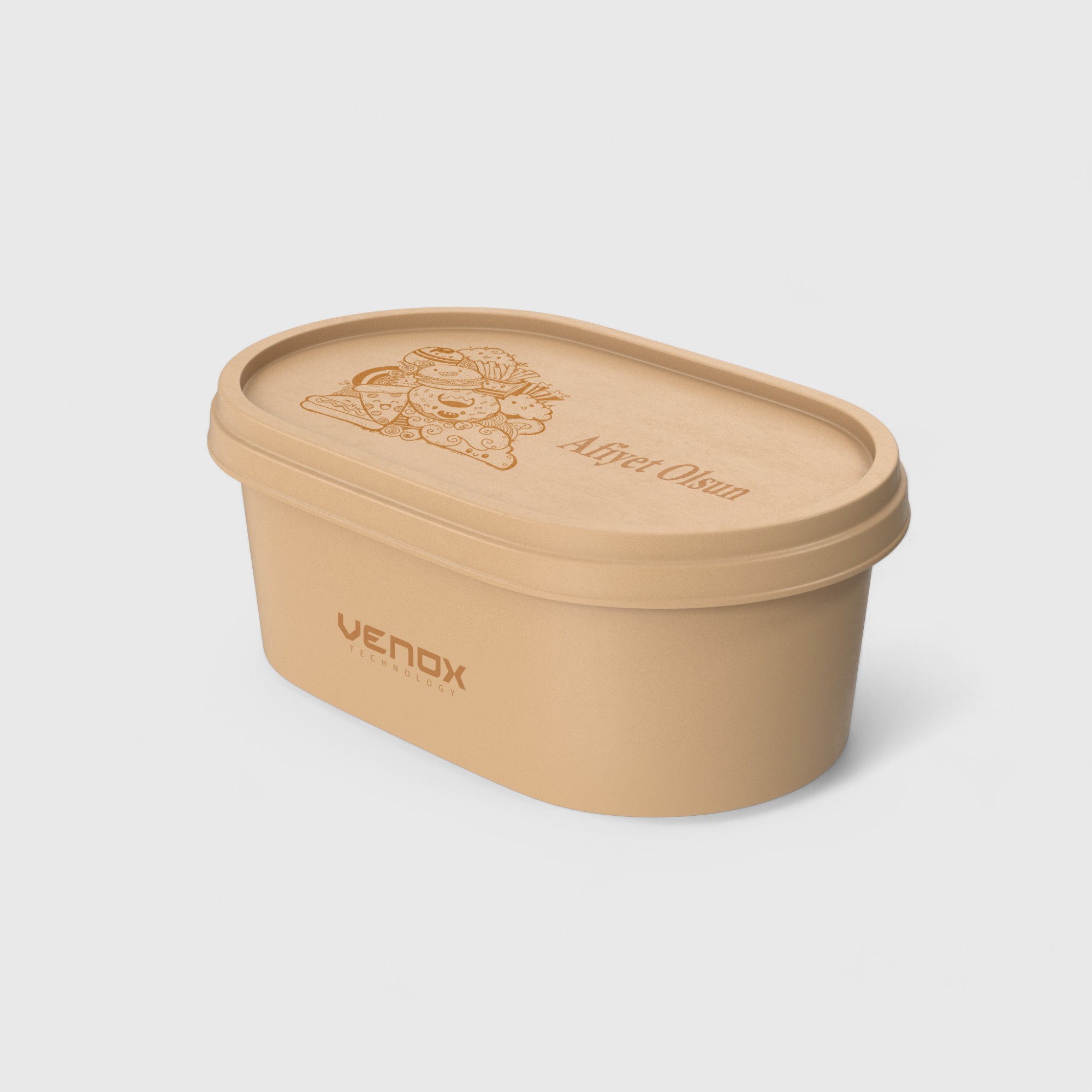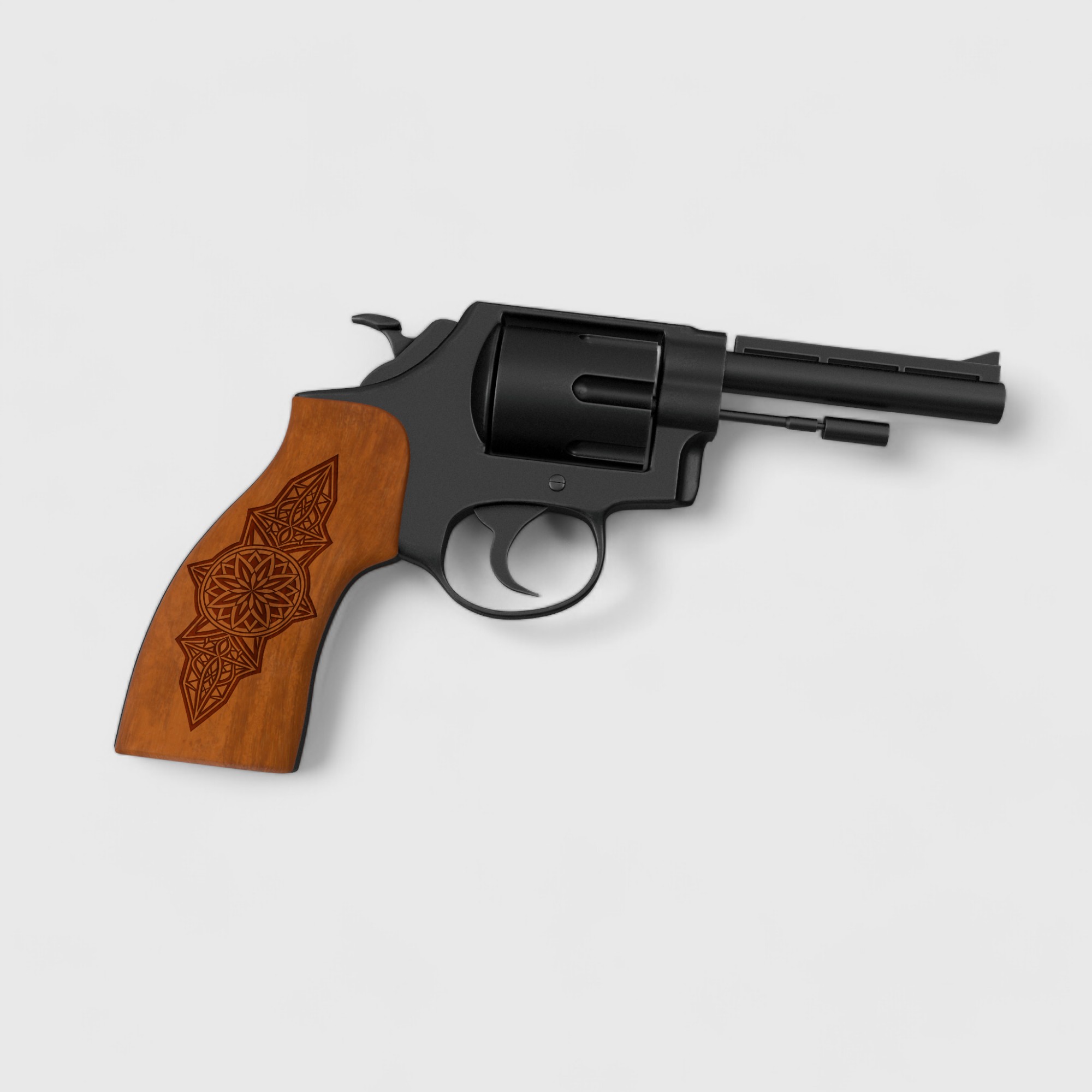Venox Technology's CO2 laser marking systems provide high resolution and permanent markings on a variety of non-metallic materials. Highly detailed graphics, complex logos and fine text can be applied on materials such as wood, leather, glass, paper and some plastics.
These systems offer valuable solutions, especially in areas such as promotional products, giftware, packaging and labelling. Thanks to their advantages such as energy efficiency, low operating costs and long lifetime without maintenance requirements, they provide cost-effective and long-term benefits for users. CO2 laser systems are also favoured in applications requiring mass production with high speed and repeatability, making them ideal for industrial-level processing needs.
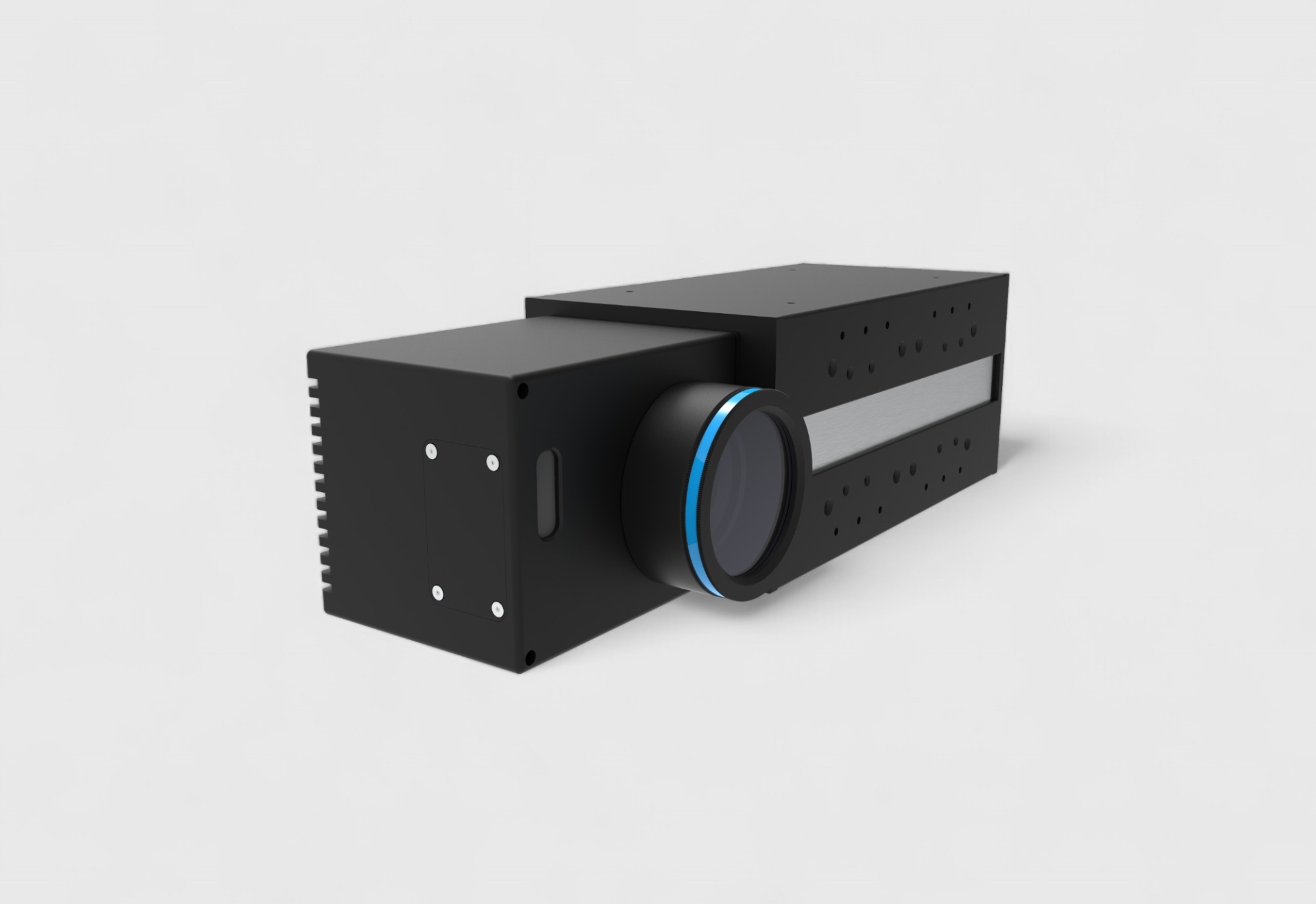
What is a CO2 laser?
CO2 lasers are laser systems that emit light at high energy levels using carbon dioxide gas. They are ideal for marking and cutting non-metallic materials.
What materials can CO2 lasers be used on?
CO2 lasers can be used on various non-metallic materials such as wood, leather, glass, paper, and plastics.
How is maintenance done for CO2 laser systems?
Regular optical cleaning and mirror adjustments are required. Maintenance prolongs the laser’s efficiency and lifespan.
Are CO2 laser markings permanent?
Yes, markings made with CO2 lasers are permanent and deeply etched into the surfaces.
What are the advantages of CO2 laser systems?
The main advantages of CO2 lasers are high-speed processing, compatibility with various materials, and low operating costs.
Differences from Other Laser Types:
Wavelength and Material Processing:
CO2 lasers have a longer wavelength, making them ideal for organic materials like wood, leather, and others. Fiber lasers, with shorter wavelengths, are particularly suited for processing metals, while UV lasers, with the shortest wavelengths, perform cold processing on delicate materials.
Application Versatility:
CO2 lasers can process a wide range of materials, but they are especially effective on organic materials. Fiber lasers are primarily used for metal processing, while UV lasers are used on sensitive materials like plastics and glass.
Heat Effect:
CO2 lasers produce higher heat, which can cause burning or darkening on organic materials. Fiber and UV lasers process with more controlled, lower heat.
